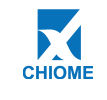预约演示
更新于:2025-04-26
PCDC
更新于:2025-04-26
概要
基本信息
在研机构- |
最高研发阶段无进展临床前 |
首次获批日期- |
最高研发阶段(中国)- |
特殊审评- |
关联
100 项与 PCDC 相关的临床结果
登录后查看更多信息
100 项与 PCDC 相关的转化医学
登录后查看更多信息
100 项与 PCDC 相关的专利(医药)
登录后查看更多信息
11
项与 PCDC 相关的文献(医药)2024-09-01·Journal of Medical Imaging and Radiation Sciences
Enablers and barriers to delivering person centred dementia care: Perceptions and experiences of diagnostic and therapeutic radiography practitioners
Article
作者: Higgins, Robert ; Innes, Anthea ; Spacey, Adam
INTRODUCTION:
There is a lack of evidence about the experiences of radiographers providing care to people living with dementia (PLWD). This study explored the perceptions and experiences of radiography practitioners when delivering person-centred dementia care (PCDC) in both diagnostic imaging and radiotherapy departments.
METHODS:
A two-phase qualitative multi-method study was conducted. For phase 1, fifteen diagnostic and two therapeutic radiography practitioners from across the UK participated with online focus group discussions. For phase 2, four key stakeholders involved with the development of the UK Society of College of Radiographers Caring for People with Dementia practice guidelines for diagnostic and therapeutic radiography practitioners took part with individual semi-structured interviews.
RESULTS:
Participants from both phases identified enablers and barriers to providing person-centred care to individuals living with dementia. Three themes were identified that were linked to (1) Time and workload pressures in delivering person-centred dementia care, (2) Workplace practice and norms, and (3) Areas for improvement in delivering person-centred dementia care.
DISCUSSION:
Delivering PCDC can be challenging in practice. This is often due to workplace cultures where time and resources linked to productivity and waiting lists are the norms and impact on the delivery of PCDC. Leaders and managers of departments were thought to not always value a culture of PCDC but were seen as key influencers in supporting change and impact in delivering PCDC. Radiography practitioners were not always aware that a patient had dementia prior to their attendance in the department making it difficult to prepare ahead of appointments. Care partners were identified as having the potential to help alleviate some challenges radiographers faced. Findings also suggest a need for more education and training linked to dementia awareness. Further research is warranted in this area.
2018-01-01·Journal of cutaneous and aesthetic surgery
Injection lipolysis: A systematic review of literature and our experience with a combination of phosphatidylcholine and deoxycholate over a period of 14 years in 1269 patients of Indian and South East Asian origin
Article
作者: Borole, Ateesh J ; Thomas, Mohan K ; D'Silva, James A
BACKGROUND:
Phosphatidylcholine and deoxycholate (PC-DC) injections have been used as nonsurgical alternatives to liposuction. DC as a constituent for lipolysis has recently been approved by the US Food and Drug Administration.
AIM:
PC and DC have independently been used in lipolysis. We hereby present a systematic review of literature on injection lipolysis and share our experience of using DC in combination with PC for injection lipolysis. We have retrospectively evaluated the effects of PC-DC treatments in varied age groups, both sexes, and over different target areas.
MATERIALS AND METHODS:
This study spans over 14 years wherein 1269 patients of different age groups and sex were treated with injection lipolysis with PC-DC combination. The PC-DC cocktail injection was given to all patients for an average four sessions every 4 weeks, and the results were assessed after 8 weeks from the last session.
RESULTS:
The effects were best appreciated over the face (malar, jawline, and submental areas) and upper arm, whereas average effect was observed on the thighs and around the knees. We have also used lipolysis as a primary modality as well as a touch-up modality following liposuction. The results are better appreciated in primary lipolysis. The need for follow-up sessions (1-2 sessions) of lipolysis and the quantification of results in subsequent sessions reveal that maximal improvement is achieved in the first session.
CONCLUSION:
PC-DC cocktail used for lipolysis as a local administration is effective for reducing unwanted fat. It shows great efficacy in treating localized fat, especially over the face and bra roll in the women of younger age group (20-30 years).
2013-03-01·Aesthetic surgery journal2区 · 医学
Commentary on: Metabolic and Structural Effects of Phosphatidylcholine and Deoxycholate Injections on Subcutaneous Fat: A Randomized, Controlled Trial
2区 · 医学
Article
作者: Duncan, Diane
In their article entitled, “Metabolic and Structural Effects of Phosphatidylcholine and Deoxycholate Injections on Subcutaneous Fat: A Randomized, Controlled Trial,” Reeds et al analyzed the effects of phosphatidylcholine and deoxycholate (PC-DC) treatments on body composition, adipocyte function, and mechanisms responsible for fat loss. Thirteen women were enrolled; only 7 completed the study. This small sample size renders statistically significant calculations virtually impossible.
The authors maintain that PC-DC injections have become increasingly popular. This may be true in Seoul, Korea, where over 6000 vials of Lipobean1 are injected monthly into human subcutaneous fat for the purpose of fat reduction. However, in many countries around the world, the practice of injection lipolysis has been banned.2 Popularity of these injections in the United States has dwindled,3 in part due to the lack of a US Food and Drug Administration (FDA)–approved agent and also due to the lack of efficacy in treating larger body regions.4 The side effects, although not morbid, are unpleasant. Noninvasive treatments such as Liposonix (Solta Medical, Inc, Bothell, Washington) and Tite FX (Invasix, Richmond Hill, Ontario, Canada)5,6 offer much more fat reduction without the cholinergic side effects that can be seen with higher-dose PC-DC injections.
Despite the shortcomings of injection lipolysis as currently practiced, there has been a resurgence of interest in the topic,7 especially in Europe and Asia. There are many reasons for this, including the expansion of the practice of aesthetic medicine and the desire of practitioners who mainly perform injections to have an injectable solution for reduction of protrusions. If aesthetic practitioners can fill hollow regions, they may also want to reduce or take away volume. The ability to do this precisely with an injection would be an excellent addition to the …
100 项与 PCDC 相关的药物交易
登录后查看更多信息
研发状态
10 条进展最快的记录, 后查看更多信息
登录
| 适应症 | 最高研发状态 | 国家/地区 | 公司 | 日期 |
|---|---|---|---|---|
| 肿瘤 | 临床前 | 日本 | 2021-11-30 |
登录后查看更多信息
临床结果
临床结果
适应症
分期
评价
查看全部结果
| 研究 | 分期 | 人群特征 | 评价人数 | 分组 | 结果 | 评价 | 发布日期 |
|---|
No Data | |||||||
登录后查看更多信息
转化医学
使用我们的转化医学数据加速您的研究。
登录
或
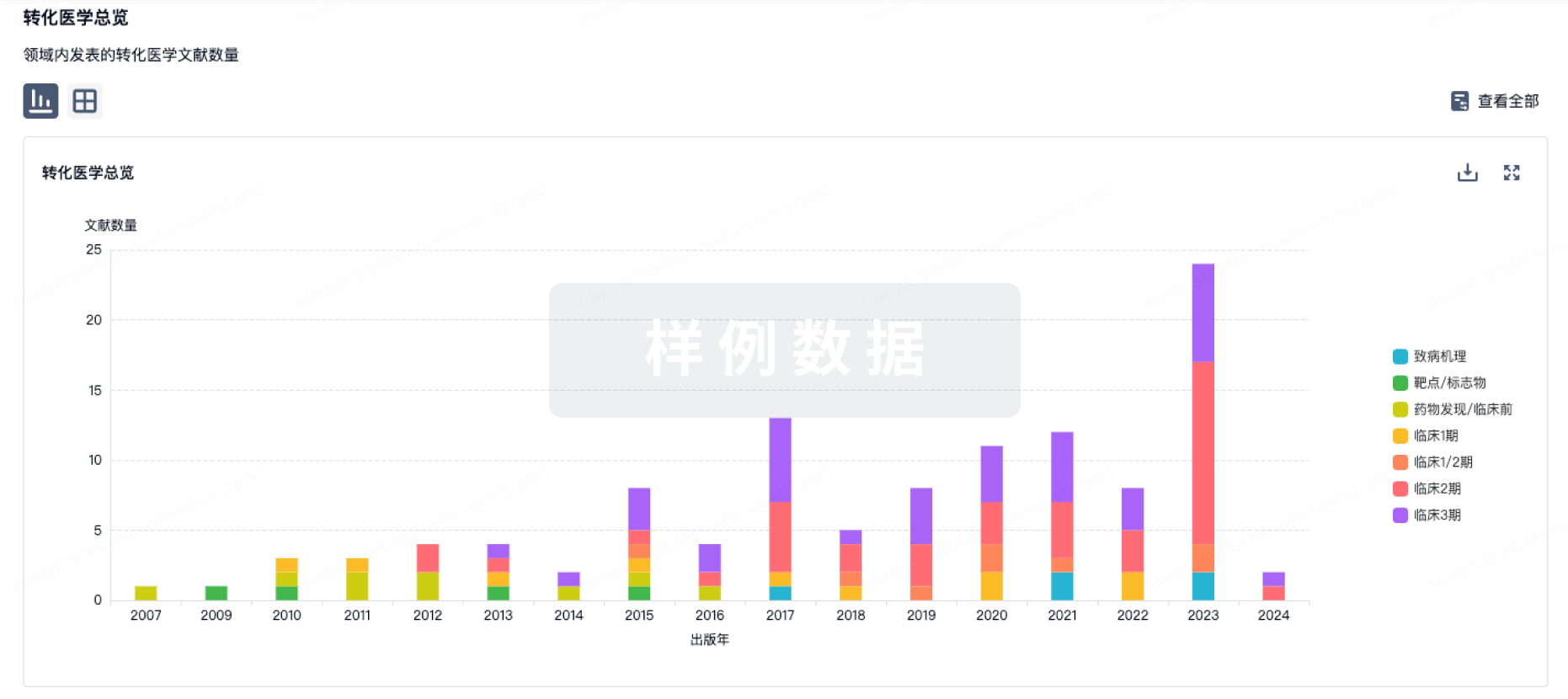
药物交易
使用我们的药物交易数据加速您的研究。
登录
或
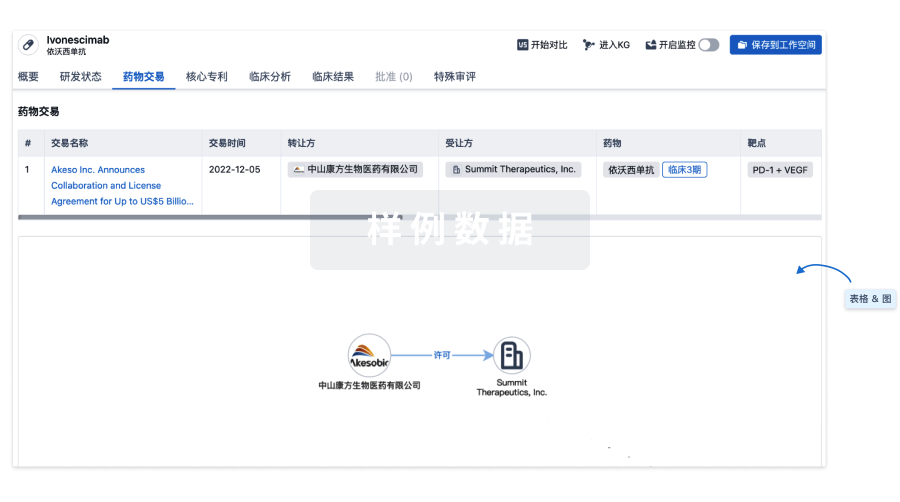
核心专利
使用我们的核心专利数据促进您的研究。
登录
或
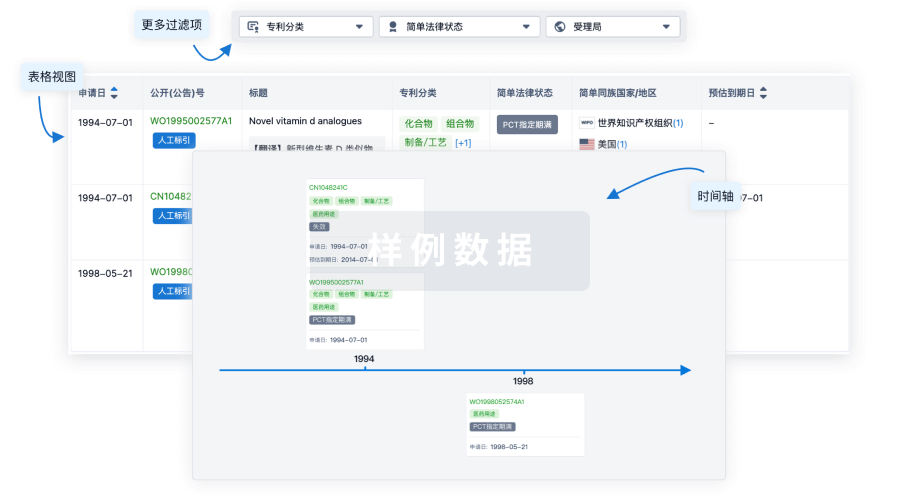
临床分析
紧跟全球注册中心的最新临床试验。
登录
或

批准
利用最新的监管批准信息加速您的研究。
登录
或
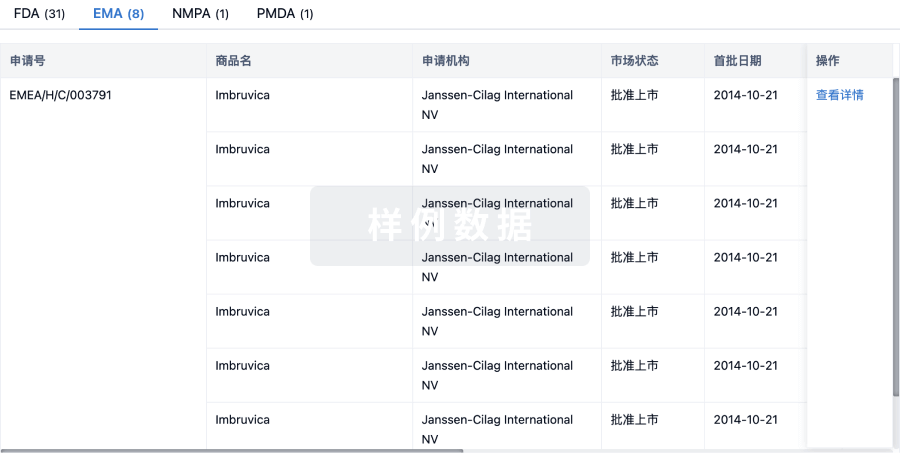
生物类似药
生物类似药在不同国家/地区的竞争态势。请注意临床1/2期并入临床2期,临床2/3期并入临床3期
登录
或

特殊审评
只需点击几下即可了解关键药物信息。
登录
或
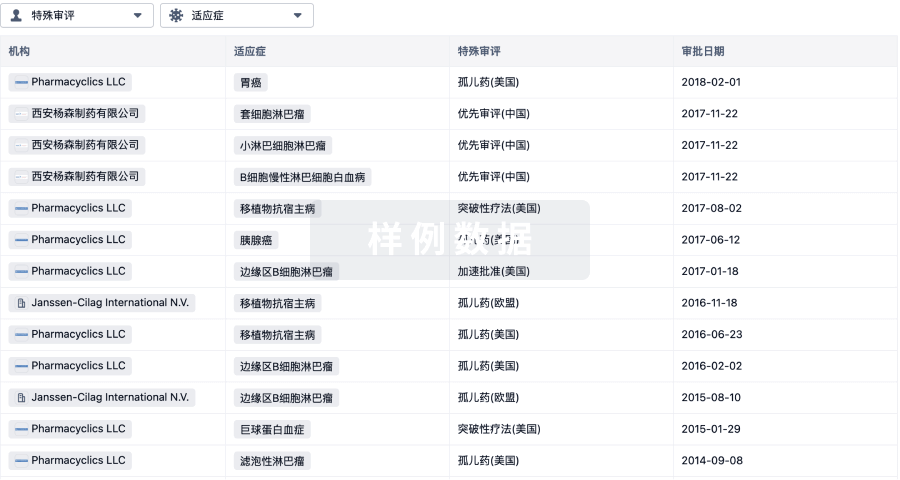
来和Eureka LS聊天吧
立即开始免费试用!
智慧芽新药情报库是智慧芽专为生命科学人士构建的基于AI的创新药情报平台,助您全方位提升您的研发与决策效率。
立即开始数据试用!
智慧芽新药库数据也通过智慧芽数据服务平台,以API或者数据包形式对外开放,助您更加充分利用智慧芽新药情报信息。
生物序列数据库
生物药研发创新
免费使用
化学结构数据库
小分子化药研发创新
免费使用
